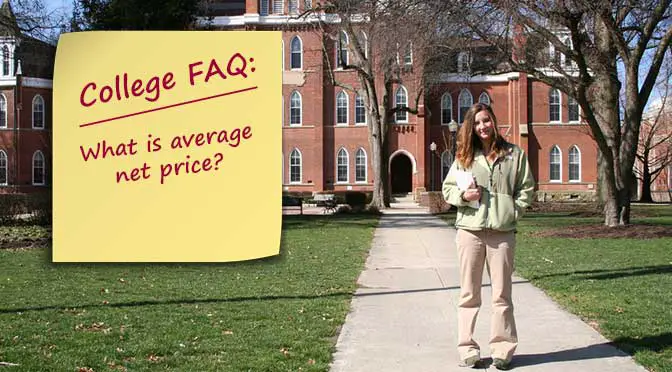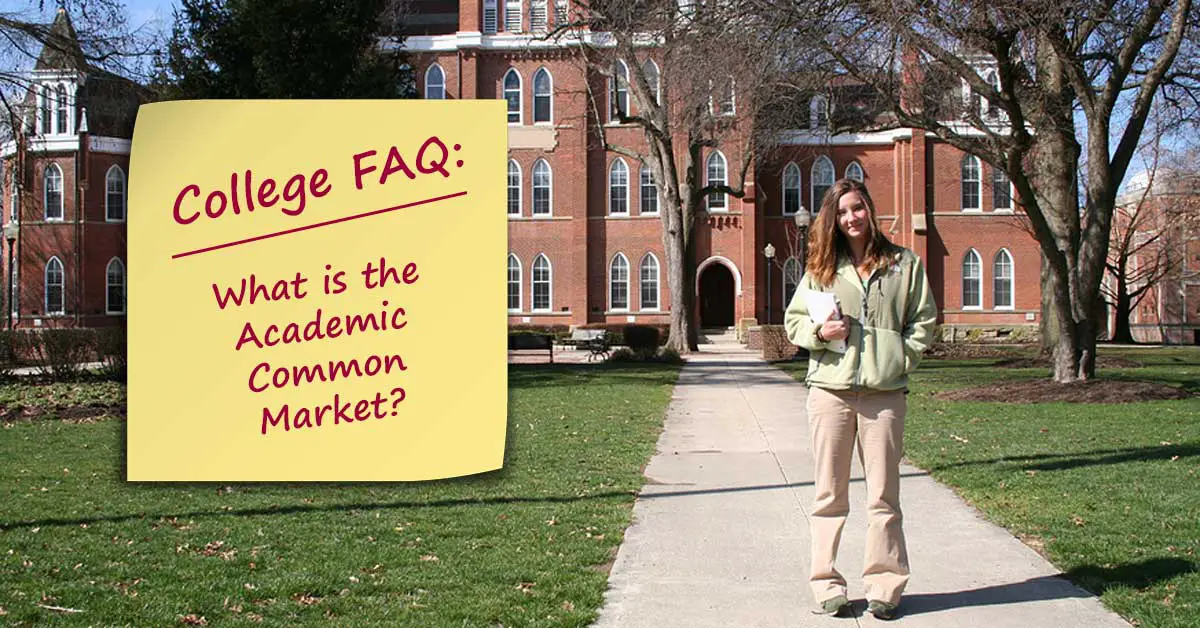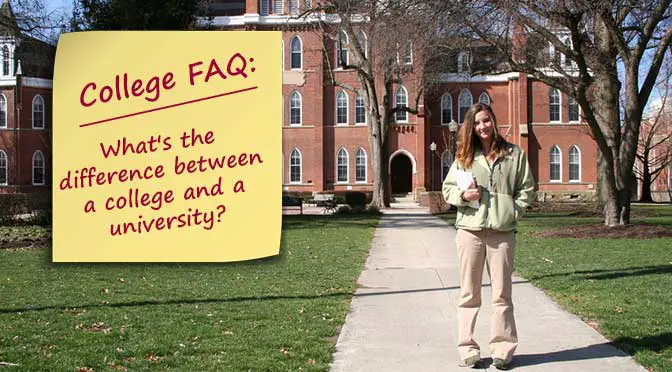 An outside scholarship is one that is not part of the financial aid package awarded to you by the college. You need to report any outside scholarships to the financial aid office because it will affect your need-based aid. Schools are required by Federal rules to adjust financial aid package so that the total of all of your aid does not exceed the school’s cost of attendance by $300.
An outside scholarship is one that is not part of the financial aid package awarded to you by the college. You need to report any outside scholarships to the financial aid office because it will affect your need-based aid. Schools are required by Federal rules to adjust financial aid package so that the total of all of your aid does not exceed the school’s cost of attendance by $300.
FAQ: What is a stealth applicant?
 You are considered a stealth applicant if the first time the university has any record of interacting with you is when you submit your application. This may be confusing since many students have received multiple emails from schools before deciding to apply but are still considered stealth applicants.
You are considered a stealth applicant if the first time the university has any record of interacting with you is when you submit your application. This may be confusing since many students have received multiple emails from schools before deciding to apply but are still considered stealth applicants.
What are test optional colleges?
ShareTweetFlipEmailPin0 SharesThe term “test optional” generally refers to colleges and universities that do not require students to submit ACT or SAT test scores to be admitted to the institution. However, there really isn’t a set definition as seen at the Fair Test website, an organization that tracks such testing requirements. Even the Fair Test definition … Read more
Should students apply to “reach” colleges?
ShareTweetFlipEmailPin0 SharesThe simple answer is not to apply to any college that you can’t afford to attend. Of course, given that the vast majority of financial aid is awarded by colleges, most students don’t actually know if they can afford a college until they are accepted and have received their financial aid award letters. However, … Read more
FAQ: What is college average net price?
 In the most general terms, Average Net Price is the price that students actually pay for college as opposed to the “list” price or Total Cost of Attendance. The government defines average net price “by subtracting the average amount of federal, state/local government, or institutional grant or scholarship aid from the total cost of attendance. Total cost of attendance is the sum of published tuition and required fees, books and supplies, and the weighted average for room and board and other expenses.”
In the most general terms, Average Net Price is the price that students actually pay for college as opposed to the “list” price or Total Cost of Attendance. The government defines average net price “by subtracting the average amount of federal, state/local government, or institutional grant or scholarship aid from the total cost of attendance. Total cost of attendance is the sum of published tuition and required fees, books and supplies, and the weighted average for room and board and other expenses.”
What is financial aid preferential packaging?
ShareTweetFlipEmailPin0 SharesPreferential packaging is the practice of changing the type and amount of financial aid awarded to a student based on the desirability of the student relative to the applicant pool. This policy is common among private colleges but not by public institutions. Since most colleges have a finite amount of aid available, they have … Read more
FAQ: What is the Academic Common Market?
ShareTweetFlipEmailPin2424 SharesThe Academic Common Market (ACM) is a program that allows students to pursue degrees not available in their state at out-of-state institutions but pay in-state tuition. There are 15 members of the Academic Common Market: Alabama, Arkansas, Delaware, Florida, Georgia, Kentucky, Louisiana, Maryland, Mississippi, Oklahoma, South Carolina, Tennessee, Texas, Virginia and West Virginia. Florida … Read more
FAQ: What’s the difference between a college and a university?
 In the United States, there isn’t any official difference between a college and a university. There are no rules that require certain types of higher education institutions to use the term “college” and others to use “university.”
In the United States, there isn’t any official difference between a college and a university. There are no rules that require certain types of higher education institutions to use the term “college” and others to use “university.”
Many perceive the difference in terms of size, “university” means big and “college” means small. However, there are 467 institutions with “university” in their name that have 3,000 or less undergraduates with 109 having less than 1,000. There are some pretty big colleges out there as well. A total of 79 have 5,000 or more students, 163 have 3,000 or more.
I can’t afford private school tuition, why should I even bother applying?
ShareTweetFlipEmailPin0 SharesMost people can’t afford the published private school tuition. But most people don’t pay the listed price for private school tuition either. And while private colleges cost more than public schools, they usually provide more financial assistance than public schools. Consider the following information from College Data on two institutions: Item Texas State University … Read more






